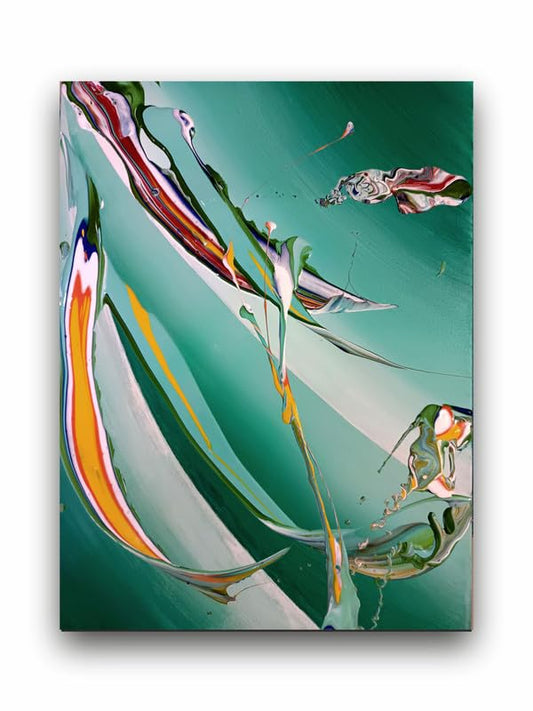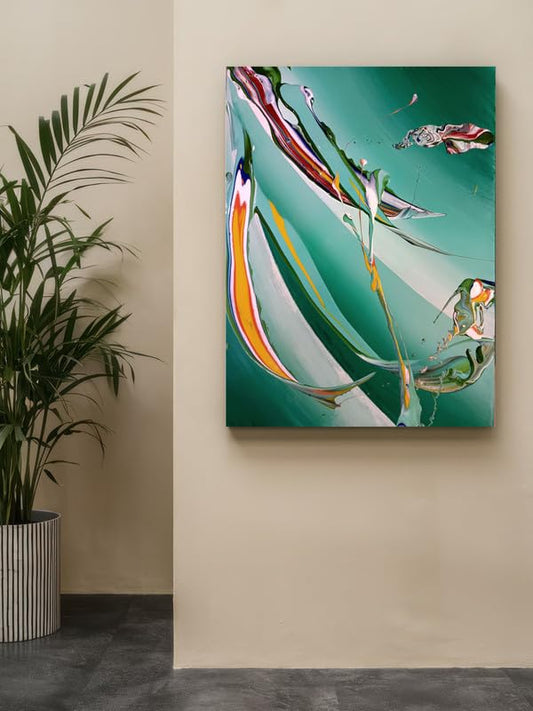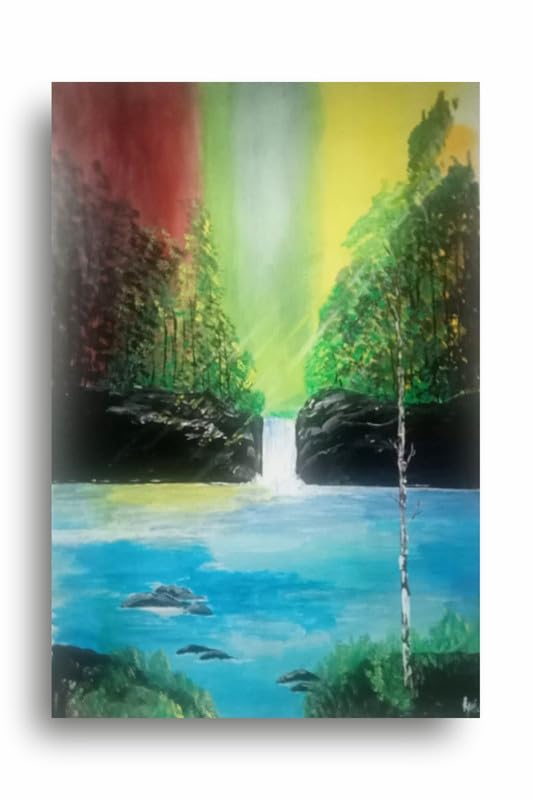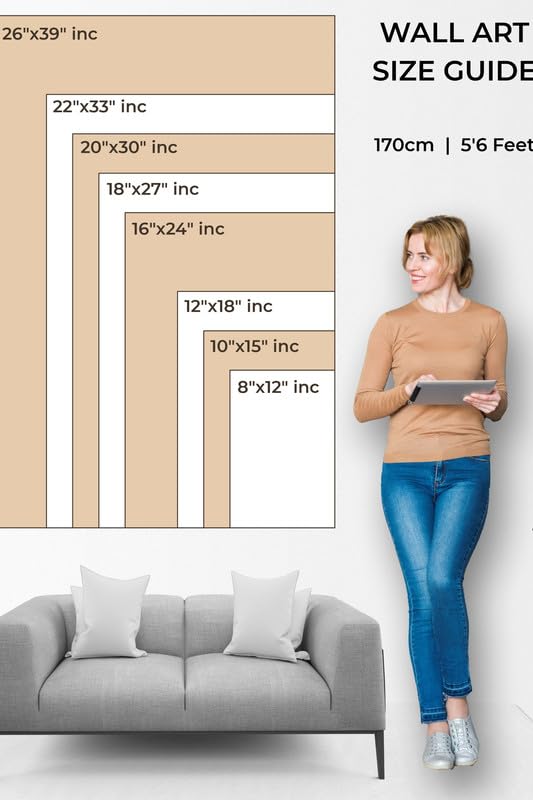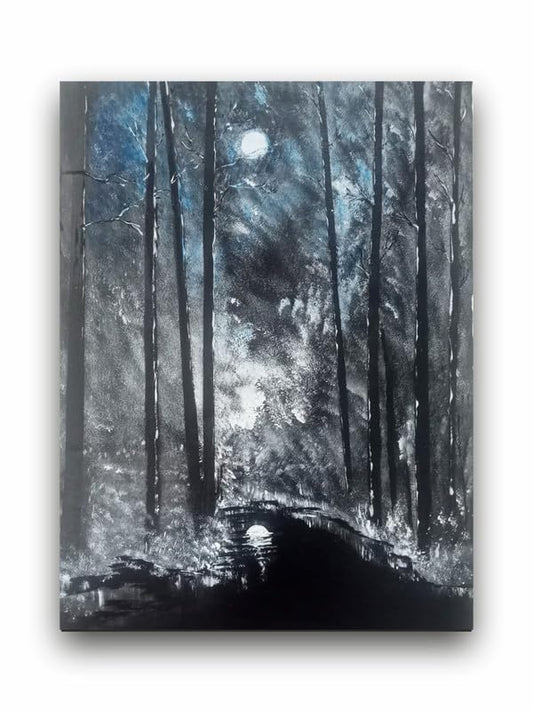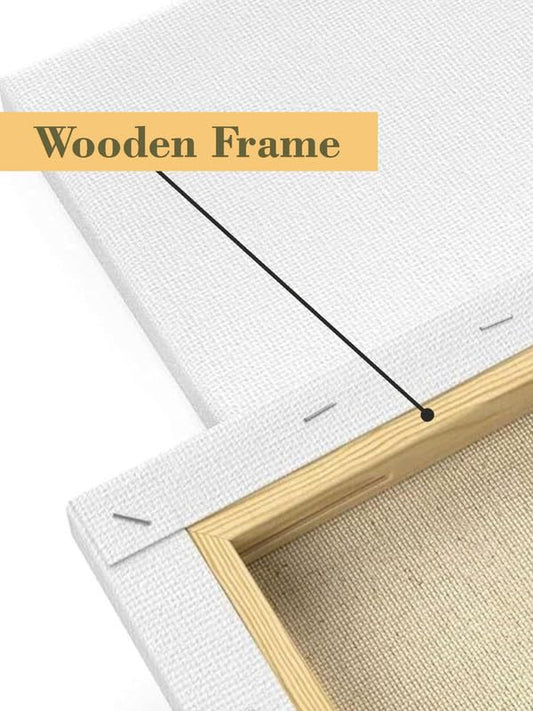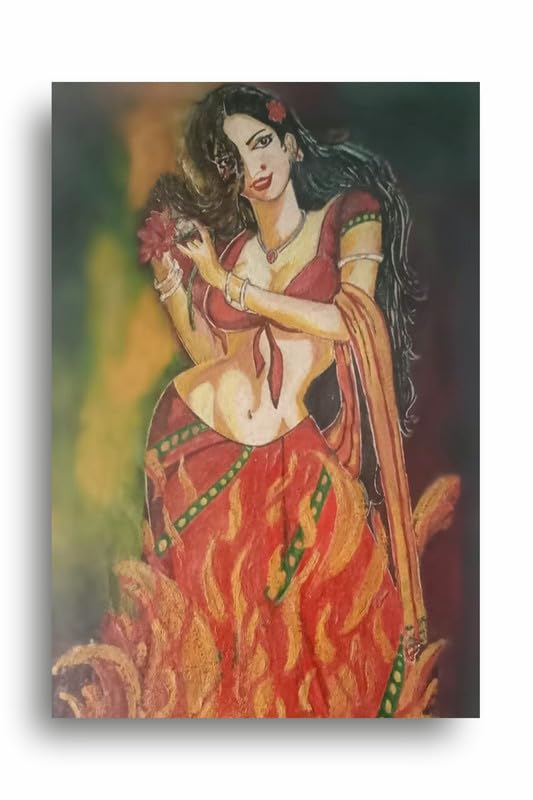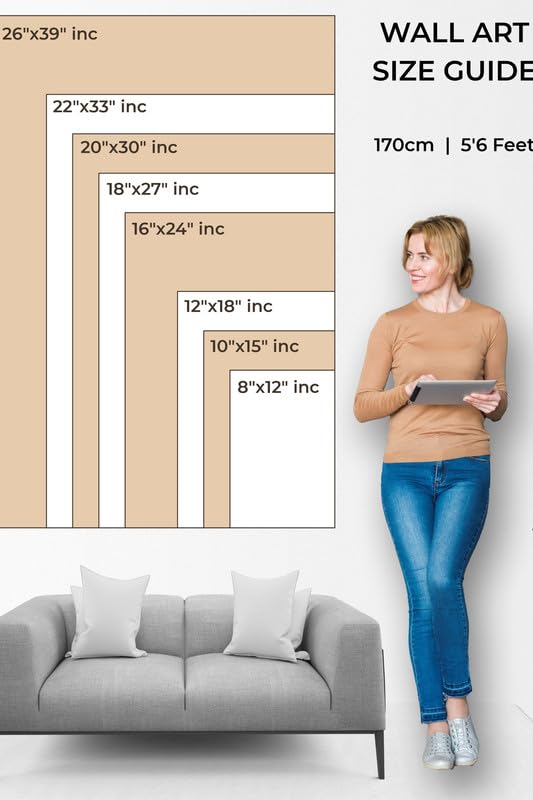
The Role of Repetition in Creating Rhythm in Abstract Art
The Role of Repetition in Creating Rhythm in Abstract Art
Repetition is the essence of any visual and auditory art and is applied to create patterns of rhythm that carry the reader through the work of art. Abstract art is a good example, when so many traditional forms and recognizable images are rejected for expressing a non-representational composition that repetition works hard in creating rhythm, structure, and emotional resonances.
Essentially, rhythm in abstraction involves a visual beat that travels across the composition, much like in a musical piece. One of the most influential techniques used for creating a quality of rhythmic vibration is repetition. Repetition creates harmony and flow as it bounces one's eyes across the canvas. It allows someone to be allowed to be immerged in the work deeper. The repetition of shapes, lines, colors, or patterns creates a visual cadence and leads the viewer's eye from one feature to the next, much as repetition in beats in music does. If an abstract work does not contain repetition, it will probably seem chaotic or disjointed and not have the visual rhythm that has been employed to elicit feeling or convey meaning.
Through patterns, repetition is perhaps the most obvious method used to create rhythm. Artists use repeating geometric forms and strokes to create a feeling of movement and continuity. For example, consider Wassily Kandinsky-one of the abstract artists of the movement. The repeating shapes and lines produce a fluid rhythm that corresponds with music's underlying structure. In such compositions as Composition VIII, Kandinsky's repetition forms dance across the board of canvas, inviting the observer into the moving rhythm of the art.
Another way repetition builds rhythm is through color. Repetition of color schemes or tones creates a feeling of continuity that can maintain balance and harmony. Repeated color throughout different areas of a work allows the viewer's gaze to flow and sets up rhythmic pulsation, which gives the work an intensified emotional charge.
Repetition also enhances the sense of movement in abstract art. This way, the artist can creatively put the repeated elements at strategic positions to create visual patterns of movement or stillness, therefore giving an impression. Such movement, whether fast or slow and either rhythmic or erratic, brings depth to the work and even provokes the imagination of the viewer, giving them a dialogue with the artwork itself. It happens simply because the eye would move and then re-move along the work triggered by the repeated elements.
Finally, repetition in abstract art works to create a rhythm that enhances structure and depth for the emotional feeling a work imparts. Whether through geometry and any other form of repeating colors, rhythmic movement of forms, repetition gives abstract artists the opportunity to come up with a visual experience which is appealing and emotive. The type of rhythm that could be produced may either cause or indicate a sense of peacefulness and time for reflection or excitement and energy, hence an almost ideal tool for artists communicating beyond the literal.
The Role of Repetition in Creating Rhythm in Abstract Art

